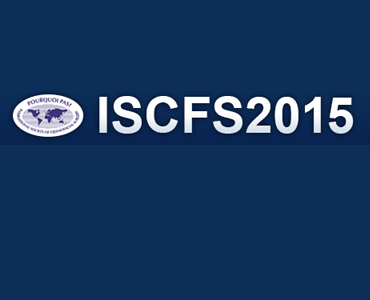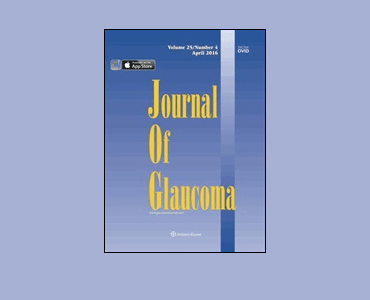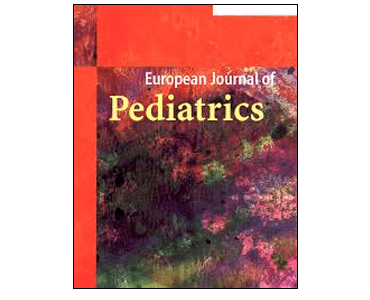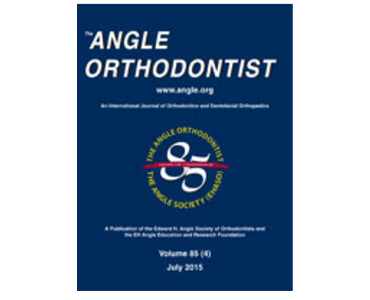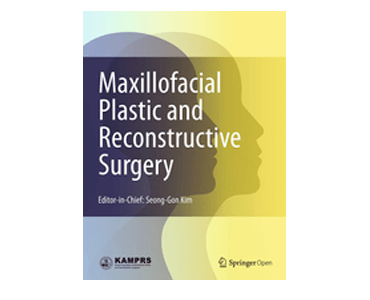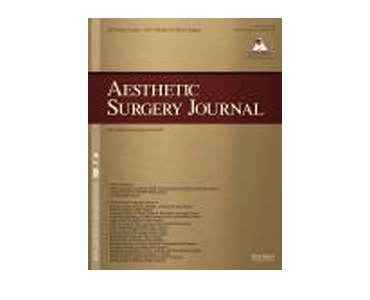A Morphable Profile Model of the Human Head as an Outcome Tool for Craniosynostosis Surgery, C Duncan, R Armstrong, NE Pears.
Date: September 15, 2015. Source: 16th Congress of International Society of Craniofacial Surgery (ISCFS) 2015. Presenter: C Duncan. Introduction: Outcome analysis in craniosynostosis surgery is difficult and often relies on limited anthropometric measurement, qualitative analysis of photography or patient reported outcome. Quantifiable morphable models of the human face have been described but, to date, a…
Details
